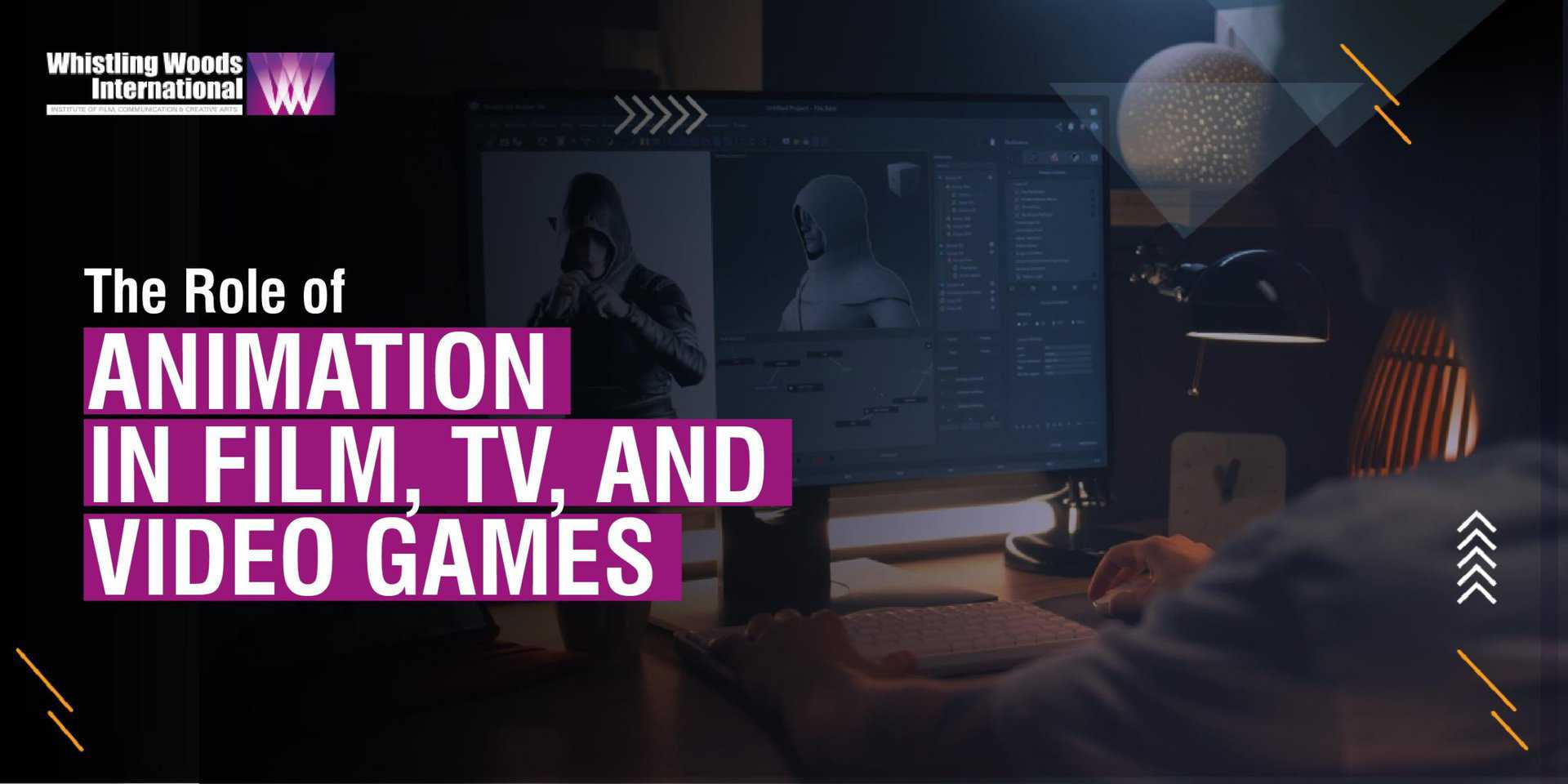The animation career in India has come a long way since its inception in the early 1900s, evolving into a powerful tool for storytelling and entertainment across film, TV, and video games. From the hand-drawn cartoons of Walt Disney’s early days to the stunningly realistic CGI seen in today’s blockbusters, animation has captured the imagination of audiences.
Whether it’s the heartwarming tale of a lost toy searching for a new home or the epic journey of a young hero on a quest to save the world, animation can transport us to fantastical worlds and connect us with characters that feel as real as the people in our lives.
In this blog, we’ll explore the role of animation in film, TV, and video games and how it has revolutionised the way media is consumed. We’ll delve into how animation has allowed creators to push the boundaries of storytelling, creating complex and relatable characters and immersive worlds that captivate audiences of all ages.
Film
Animation has played a crucial role in the film industry since its early days. Walt Disney is often credited as one of the pioneers of animation in film, with the release of Snow White and the Seven Dwarfs in 1937. Since then, animation has become a staple of the film industry with countless animated films earning critical acclaim and box office success.
Animation offers filmmakers the ability to create limitless worlds and characters, allowing them to tell stories that would be impossible to achieve with live-action alone. Animated films have become popular among audiences of all ages, with movies such as Toy Story, Finding Nemo, and The Lion King earning millions at the box office and becoming cultural touchstones.
Animation also allows filmmakers to explore complex themes and ideas that may be difficult to convey with live-action. For example, the film Grave of the Fireflies, an animated Japanese war film, tells a harrowing story about the effects of war on civilians. The animation allowed the filmmakers to create a stylised yet realistic depiction of the horrors of war, resulting in a powerful and emotional experience for the audience.
Television
Animation has also played a significant role in television, particularly in the realm of children’s programming. Animated shows like SpongeBob SquarePants, Adventure Time, and Avatar: The Last Airbender have become cultural phenomena, captivating audiences of all ages with their imaginative worlds and relatable characters.
Animated television shows are also popular because they can be produced quickly and at a lower cost as compared to live-action shows. It allows networks to produce more episodes and reach a wider audience. Additionally, animated shows are not limited by the constraints of live-action, allowing creators to explore complex themes and ideas without worrying about the limitations of practical effects.
Animation has also been used in television commercials and advertising, with many companies opting for animated ads over live-action. Animated ads are often more memorable and effective at conveying the brand’s message in a visually engaging way.
Video Games
Animation has also played a significant role in the video game industry. As technology has advanced, so has the quality of animation in video games. Today, video games are capable of creating stunningly realistic environments and characters that rival those seen in films.
Animation in video games is important because it helps to create immersive worlds and believable characters that players can connect with. Animation allows game developers to create fluid, realistic movements for characters, adding to the overall experience and making gameplay more engaging.
Video game animation is also essential in short cutscenes and cinematic sequences that advance the game’s story.
Wrapping Up
In conclusion, animation has played a crucial role in the entertainment industry, revolutionising how media gets consumed. From hand-drawn cartoons to computer-generated imagery, animation has allowed filmmakers, television creators, and game developers to create immersive worlds, relatable characters, and memorable stories.
Animation has also provided a platform for exploring complex themes and ideas, pushing the boundaries of what is possible in storytelling. As technology continues to advance, the role of animation in the entertainment industry will only become more significant, offering endless possibilities for creators and audiences alike.
Whistling Woods International (WWI) is an excellent place to start your animation career in India. Located in Mumbai, India, WWI offers comprehensive animation courses in India that cover everything from traditional animation to 3D modelling and pre-visualisation.
Our course is taught by experienced professionals in the animation industry, providing students with valuable insights and practical skills essential for success in the field.
We also provide state-of-the-art facilities and equipment, including animation studios, sound studios, and motion capture technology, ensuring that students have access to the latest tools and technology.
You can visit our website and check out our admission details.

